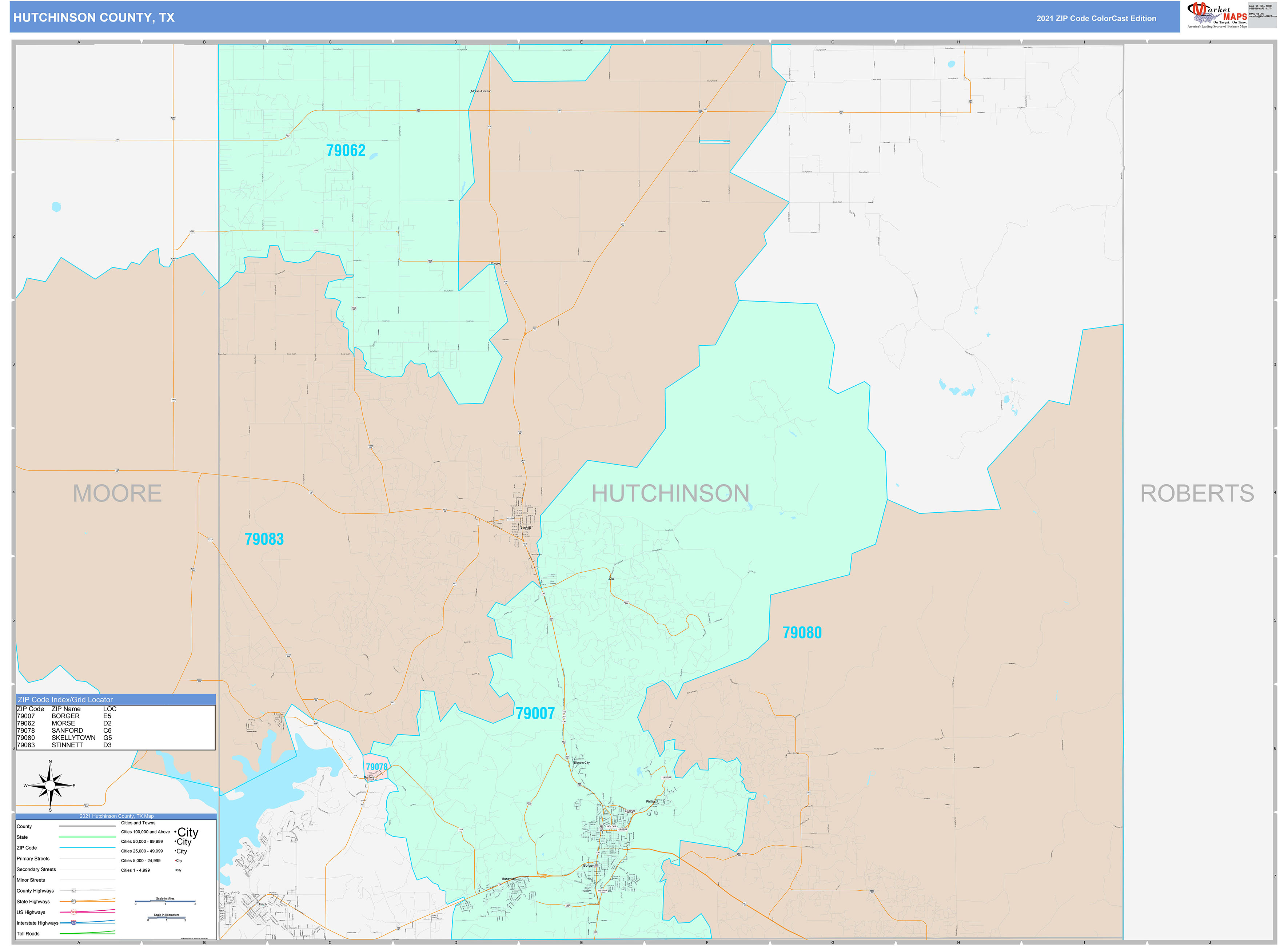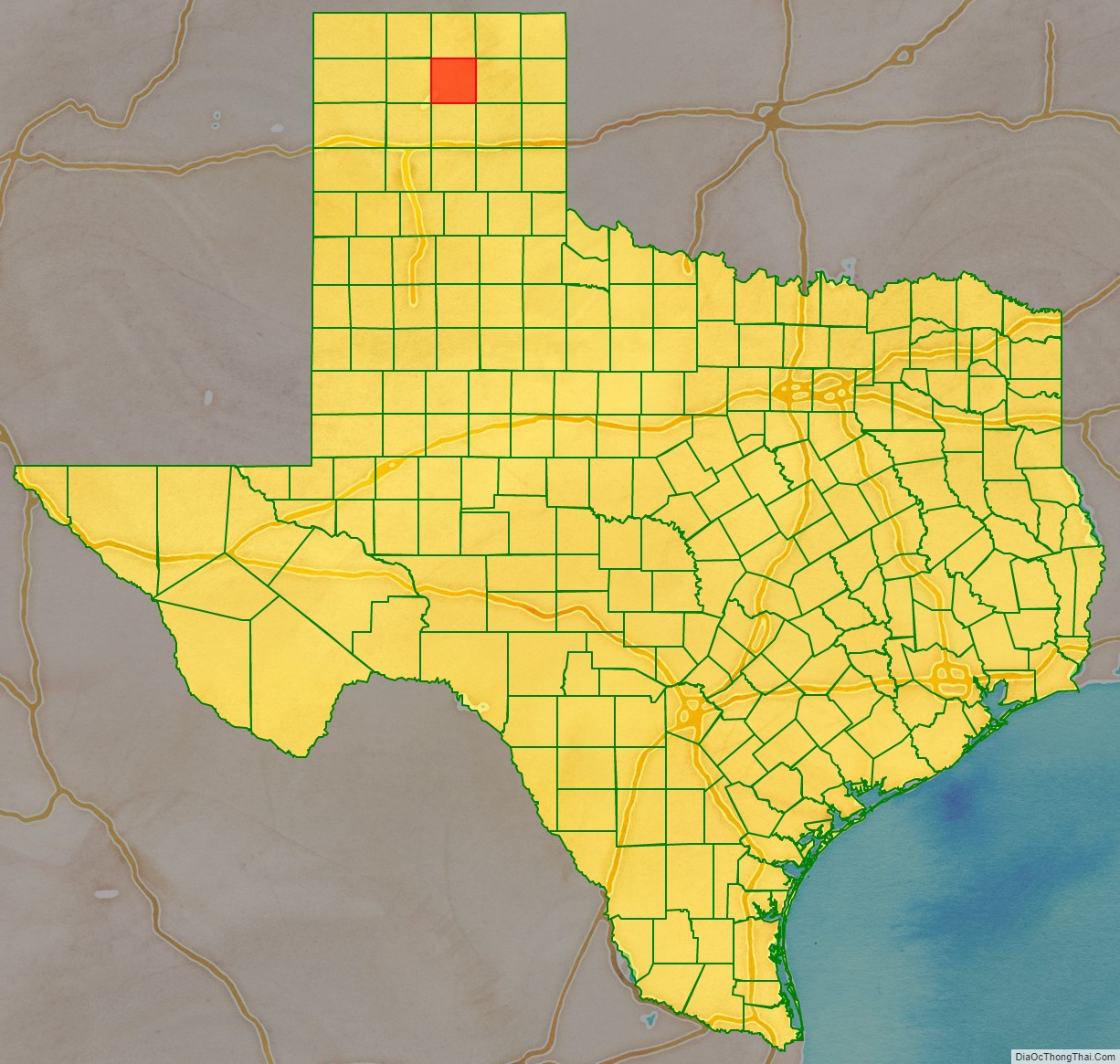
Hutchinson County: The Enduring Heart of the Texas Panhandle
The wind, an invisible sculptor, is the first thing you notice in Hutchinson County. It sweeps across the vast, undulating plains of the Texas Panhandle, carrying the scent of dry grass, distant cattle, and the faint, unmistakable tang of oil and gas. This is a landscape of stark beauty and immense horizons, where the sky stretches endlessly, and the sun rises and sets with an almost spiritual grandeur. Yet, beneath this seemingly tranquil surface lies a story of explosive growth, gritty resilience, and a community forged in the crucible of ambition, risk, and the enduring promise of the American frontier.

Hutchinson County, named for the early Texas attorney and statesman Anderson Hutchinson, is not on the typical tourist map. It doesn’t boast the iconic glamour of Dallas or the historical weight of San Antonio. Instead, it offers something far more authentic: a living testament to the spirit of the Panhandle – a place defined by its resources, its people, and its unwavering ability to adapt. With Borger as its largest city, flanked by smaller communities like Stinnett (the county seat) and Fritch, Hutchinson County is a vital, beating heart in a region often overlooked but undeniably crucial to the nation’s energy and agricultural backbone.
From Cattle Trails to Oil Derricks: A History of Transformation
Before the roar of oil derricks shattered the silence, Hutchinson County was the domain of Native American tribes, particularly the Comanche, who roamed these plains for centuries. The Canadian River, a significant waterway carving through the county, provided a lifeline for early inhabitants and later for the great cattle drives that defined the post-Civil War era. The legendary XIT Ranch, once encompassing vast swathes of the Panhandle, had a significant presence here, shaping the initial agricultural identity of the region. Life was hard, dictated by the seasons, the health of the herd, and the vast, often unforgiving landscape.
Then came 1926. The discovery of oil in the Panhandle, specifically in Hutchinson County, was nothing short of a seismic event. Overnight, dusty ranchlands transformed into bustling, chaotic boomtowns. Borger, established seemingly out of thin air by entrepreneur Asa Philip “Ace” Borger, became the epicenter of this frenzy. Its population exploded from zero to an estimated 45,000 within a few months, drawing a mix of honest prospectors, hardworking roughnecks, and a darker element – gamblers, bootleggers, and outlaws seeking to profit from the sudden wealth and lack of established law enforcement.
This era earned Borger the notorious moniker “Little Chicago,” a testament to its wild, untamed character. Murders were common, saloons and brothels operated openly, and the county became a battleground for competing interests, often settled with six-shooters rather than legal briefs. Figures like “Two-Gun Dick” Herwig, a local constable known for his shootouts and relentless pursuit of order, became legends in this lawless landscape, highlighting the desperate need for stability. The state eventually intervened, sending Texas Rangers to quell the violence, gradually bringing a semblance of law and order to the burgeoning oil patch. This tumultuous period is a foundational myth for the county, shaping its identity with a blend of rugged individualism and a deep-seated appreciation for community and law.
The Economic Engine: Oil, Gas, and Agriculture
Today, the echoes of the boomtown era are still present in Hutchinson County, but they resonate with stability and sophistication. The county remains a powerhouse in the energy sector. Borger is home to a major Phillips 66 refinery and a Chevron Phillips Chemical plant, which are not just significant employers but also cornerstones of the local economy. These facilities process crude oil into gasoline, diesel, and other petroleum products, as well as produce vital chemicals used in countless industries worldwide. The sheer scale of these operations is impressive, a testament to the county’s continued strategic importance in the global energy landscape.
“Our energy industry isn’t just about digging wells anymore,” explains Sarah Jenkins, a local economic development official. “It’s about advanced manufacturing, skilled labor, and a constant drive for innovation. These plants provide high-paying jobs and bring in significant tax revenue that supports our schools and infrastructure.”

Beyond the industrial complexes, agriculture continues to thrive. Vast stretches of land are dedicated to cattle ranching, a legacy of the county’s pre-oil days. Wheat fields ripple in the wind, and other crops contribute to the diverse agricultural output. This dual economic engine – energy and agriculture – provides both strength and vulnerability. The county experiences the boom-and-bust cycles inherent in the oil and gas industry, but the steady hand of agriculture often helps buffer the downturns, showcasing the adaptability of its economic base.
Lake Meredith: A Vital Resource and Recreational Hub
Cutting through the heart of the county is the Canadian River, but it’s the man-made marvel of Lake Meredith that truly defines the local landscape and quality of life. Created by the Sanford Dam, Lake Meredith is a critical water source for numerous Panhandle communities, including Amarillo. It transforms the otherwise arid plains into a recreational oasis, offering opportunities for boating, fishing, hiking, and camping. The Lake Meredith National Recreation Area provides a stunning natural escape, with dramatic bluffs and panoramic views that contrast sharply with the flatlands surrounding it.
However, Lake Meredith also serves as a poignant reminder of the region’s vulnerabilities. The Panhandle, like much of the American West, is prone to drought. In recent decades, Lake Meredith has seen its water levels fluctuate dramatically, sometimes receding to historic lows. These periods of drought are not just ecological concerns; they impact the water supply for millions and affect the recreational economy. Local residents watch the lake levels with a keen eye, understanding that its health is directly tied to the region’s prosperity and well-being. “Lake Meredith is more than just a body of water,” remarks John Carter, a Fritch resident who grew up fishing on the lake. “It’s our lifeblood, our playground, and a constant reminder of how precious water is out here.”
Community and Culture: The Panhandle Spirit
Despite its industrial might and vast landscapes, Hutchinson County is deeply rooted in small-town values and a strong sense of community. Life here moves at a different pace, one where neighbor helps neighbor, and local events are celebrated with genuine enthusiasm. High school football on a Friday night is not just a game; it’s a social institution, a rallying point that brings entire towns together under the stadium lights, echoing with the cheers of generations.
Education is highly valued, with dedicated school districts in Borger, Stinnett, and Fritch striving to provide quality learning opportunities. Frank Phillips College, a community college in Borger, offers higher education and vocational training, playing a crucial role in preparing the local workforce for the demands of the energy industry and other sectors.
The local culture is a unique blend of rugged individualism and communal interdependence. People here are self-reliant, accustomed to hard work and facing challenges head-on. Yet, there’s also an unspoken understanding that in the vastness of the Panhandle, community is paramount. Local churches are active, civic organizations thrive, and a strong volunteer spirit underpins many aspects of daily life.
Looking to the Horizon: Challenges and Resilience
Hutchinson County faces challenges common to many rural American areas. Maintaining and attracting a younger population, diversifying the economy beyond its primary pillars, and managing natural resources like water are ongoing concerns. The boom-and-bust cycle of the energy industry, while familiar, still presents economic uncertainties.
Yet, the history of Hutchinson County is one of constant adaptation and resilience. From the lawless days of the oil boom to navigating economic downturns and environmental shifts, the people of this county have consistently demonstrated an unflinching resolve. There’s a quiet confidence that comes from living in a place where the landscape demands respect and hard work is a given.
As the sun dips below the horizon, painting the vast Panhandle sky in hues of orange and purple, a sense of enduring strength emanates from Hutchinson County. It’s a place where the past informs the present, where industrial prowess coexists with agricultural tradition, and where the human spirit thrives against a backdrop of endless sky and sweeping wind. It may not be on every map, but for those who call it home, Hutchinson County is not just a location; it’s a testament to the enduring heart of Texas, a place where grit meets grace, and the future is built with the same steadfast determination that tamed the wild frontier.
.jpg?w=200&resize=200,135&ssl=1)

